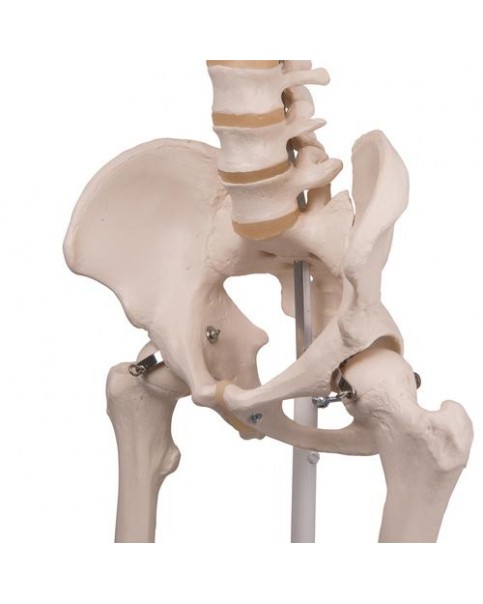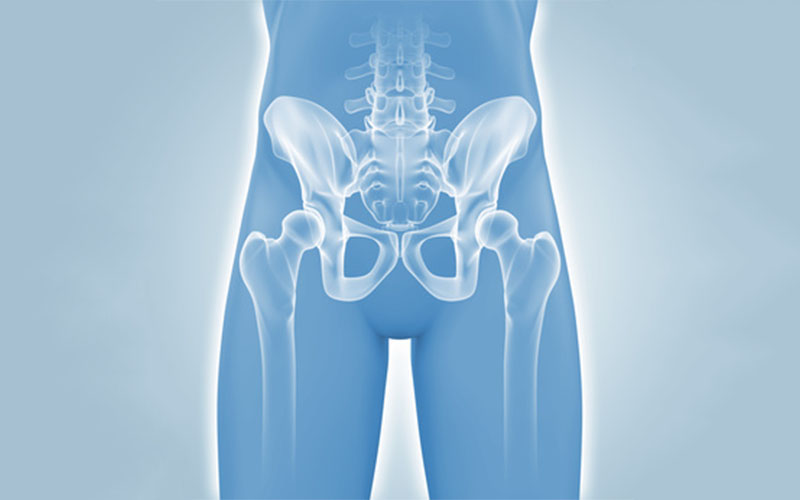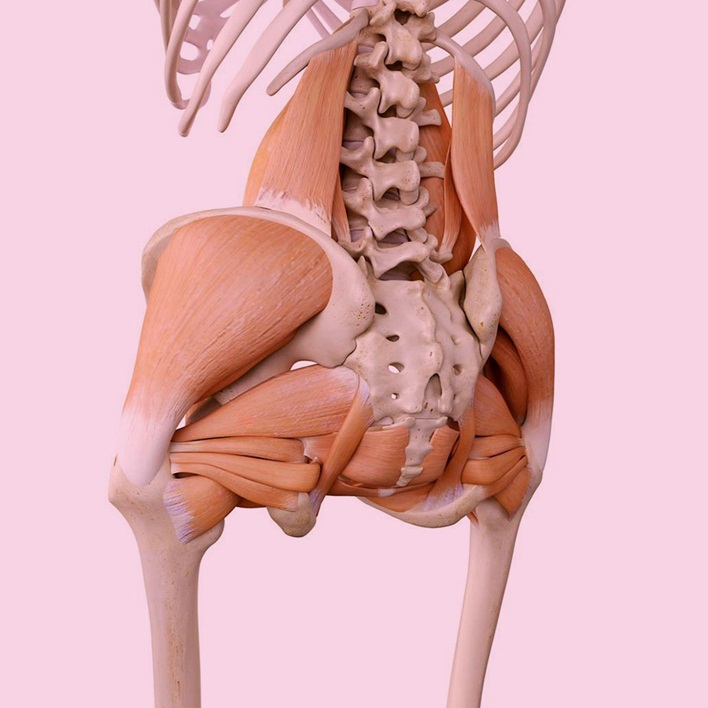It is a condition in which the pelvic muscles do not work properly. Pelvic floor dysfunction can lead to incontinence, pain, constipation and sexual dysfunction. Muscles can be either weak or overstretched. It can develop due to factors such as childbirth, aging or stress. If left untreated, it can negatively affect quality of life. It can be treated with physical therapy and some exercises.
What are the Symptoms of Pelvic Floor Dysfunction?

When the pelvic floor muscles are not strong enough, organs such as the uterus, bladder, or bowel can slide down from the pelvic floor. This can lead to organ prolapse. Dysfunction of the pelvic floor muscles can cause difficulty urinating and incomplete emptying of the bladder. Weak pelvic floor muscles can cause a feeling of needing to urinate frequently. These symptoms can vary from person to person. Pelvic floor dysfunction It is usually a condition that needs to be evaluated by a specialist.
What Causes Pelvic Floor Dysfunction?
Pelvic floor muscles can be stretched or damaged during childbirth. This can lead to multiple births or long-term labor. Pelvic floor muscles can weaken as we age. Hormonal changes in women who have gone through menopause reduce the flexibility and strength of the muscles. Being overweight puts extra pressure on the pelvic floor and can negatively affect the function of the muscles. Prolonged and straining bowel movements can overstretch the pelvic floor muscles and eventually lead to dysfunction. Blows to the pelvic area or surgical procedures in the pelvic area can disrupt the function of the muscles.
Not exercising regularly can cause muscle weakness. This can pelvic floor dysfunction It can trigger. Nervous system disorders can affect the coordination and function of the pelvic floor muscles. Hormonal changes such as menopause can weaken the pelvic floor muscles and cause loss of function. It manifests itself with symptoms such as urinary incontinence, sexual dysfunction, pelvic pain and constipation. Therefore, early diagnosis and treatment are very important.
What are the Treatment Methods for Pelvic Floor Dysfunction?

Devices are used to help the pelvic floor muscles contract properly. This therapy provides visual or audio feedback to help increase muscle strength and control. Medications may also be used to treat it. Painkillers, especially anti-inflammatory medications, can help reduce muscle spasms. Anticholinergic medications or estrogen therapy may also be recommended for some types of urinary incontinence. Surgery may be necessary when it is severe or does not respond to other treatments. Surgical procedures to repair the pelvic floor muscles include pelvic floor repair and bladder sling. Bioelectrical stimulation uses low-level electrical stimulation to strengthen the pelvic floor muscles.
Bioelectrical stimulation is used to increase muscle tone and make muscles work more effectively. In women, it can also be related to postmenopausal hormone changes. Estrogen therapy can be used to support healthy pelvic floor muscle function in this case. Sometimes it can be caused by stress, anxiety or psychological factors. In this case, stress management, relaxation techniques and psychotherapy can help. Psychological support can be important to relax the muscles and reduce symptoms. Pelvic floor dysfunction Treatment should be planned according to an individual plan. Therefore, it is important to consult a healthcare professional before starting treatment.






